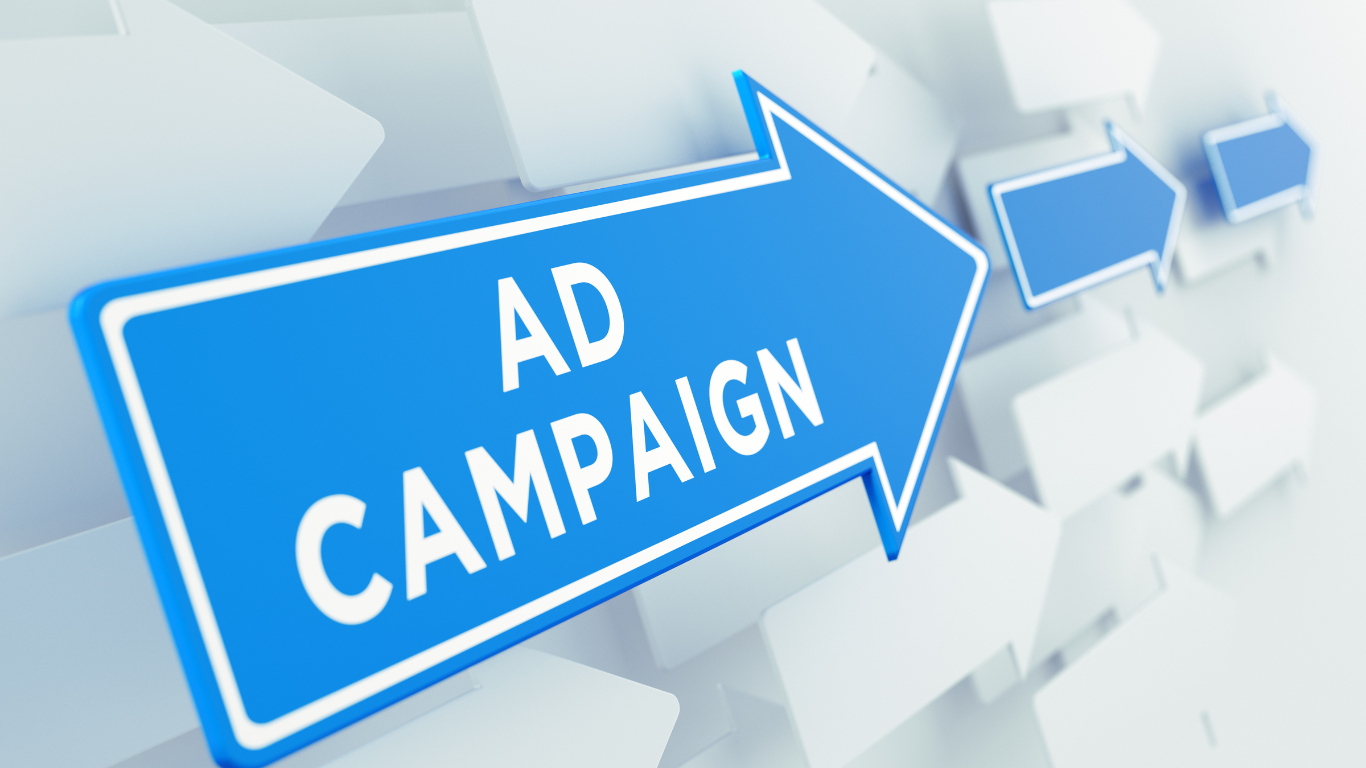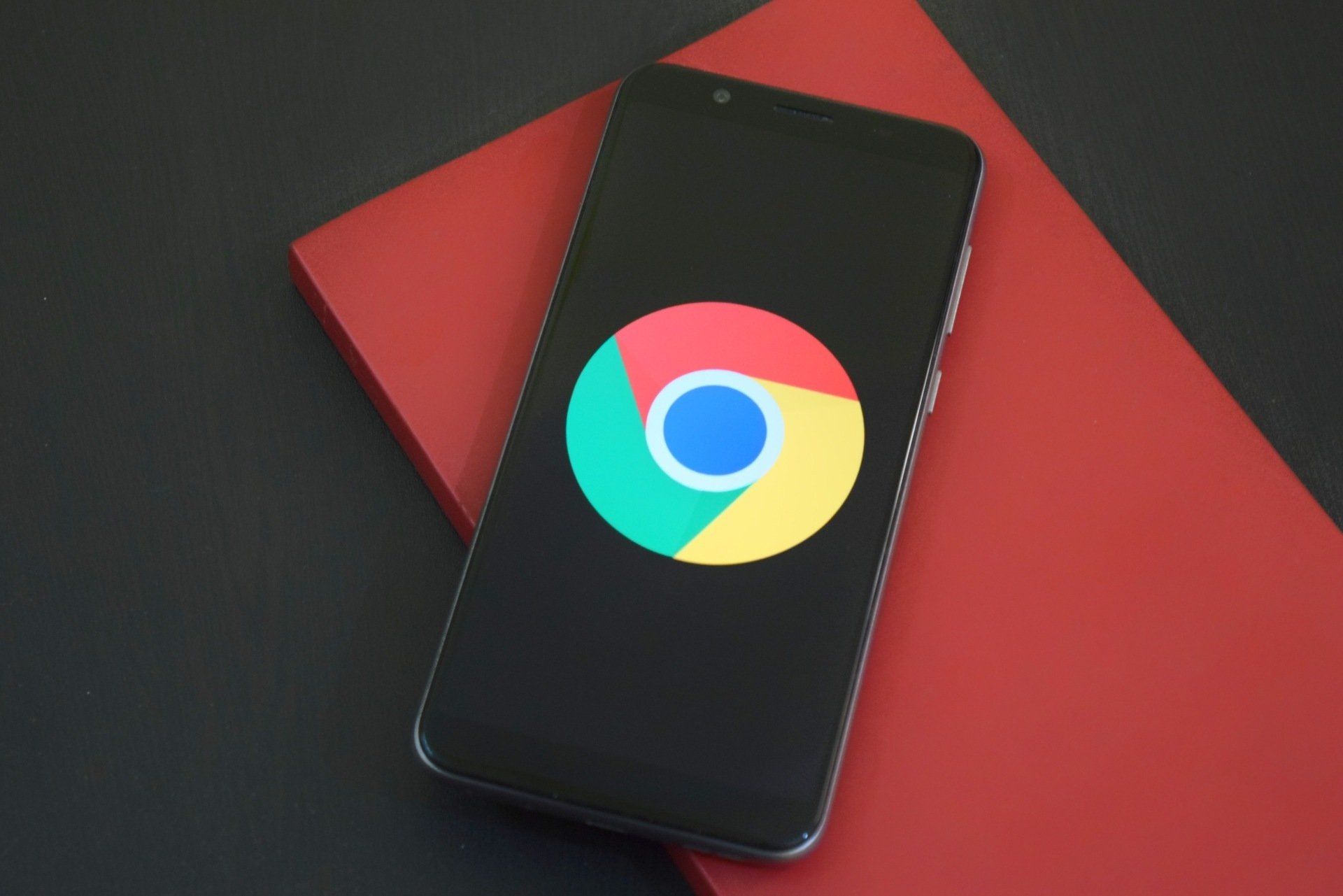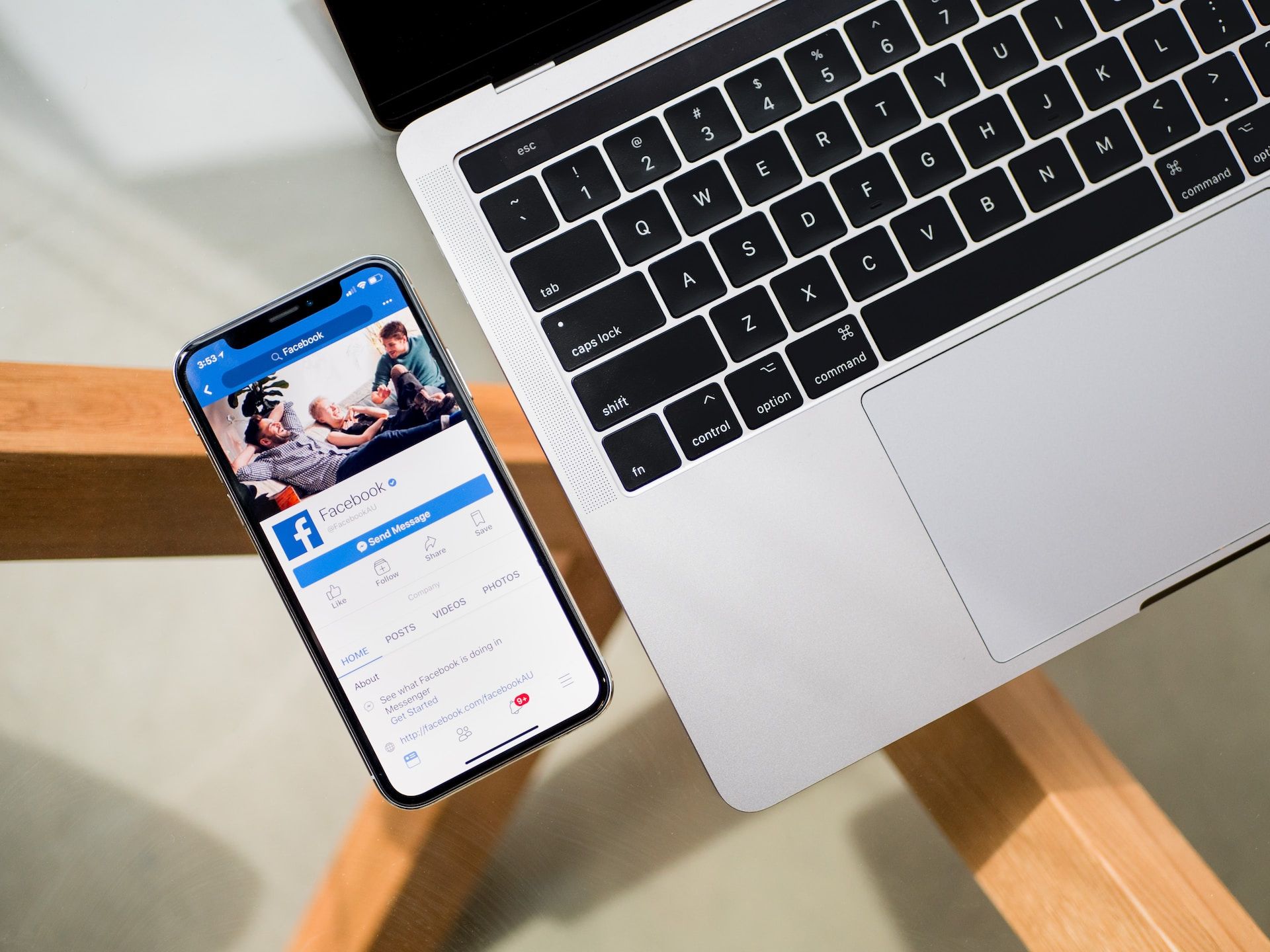The Future of Advertising: How Facebook Ads Are Helping Businesses Scale in 2025
If you own a martial arts gym, you probably understand the importance of marketing your business in the digital era. With more and more people using the internet to find and research businesses, having a strong online presence is crucial. In this ultimate guide, we will cover everything you need to know about digital marketing for martial arts gyms. From developing a marketing plan to optimizing your website and social media channels, we’ve got you covered.
Table Of Contents
- Introduction
- Why digital marketing is important for martial arts gyms
- Developing a digital marketing plan
- Understanding your target audience
- Creating a website for your martial arts gym
- Optimizing your website for search engines
- Content marketing for martial arts gyms
- Social media marketing for martial arts gyms
- Email marketing for martial arts gyms
- Paid advertising for martial arts gyms
- Tracking and analyzing your digital marketing efforts
- Building a referral program
- Conclusion
- FAQ
Introduction
In this digital age, traditional marketing methods such as flyers and billboards are no longer enough to attract customers to your martial arts gym. To succeed in today’s market, you need to have a strong digital marketing strategy that allows you to connect with potential customers online. This guide will help you navigate the world of digital marketing and develop a plan that works for your martial arts gym.
Why Digital Marketing Is Important For Martial Arts Gyms
Digital marketing is important for martial arts gyms for several reasons. First, it allows you to reach a wider audience than traditional marketing methods. With digital marketing, you can connect with potential customers from all over the world. Second, it is often more cost-effective than traditional marketing methods. For example, running a Facebook ad campaign can be much cheaper than printing and distributing flyers. Finally, digital marketing allows you to track and analyze your efforts, so you can see what’s working and what’s not.
Developing A Digital Marketing Plan
To develop a digital marketing plan for your martial arts gym, you need to start by defining your goals. What do you want to achieve with your digital marketing efforts? Some common goals for martial arts gyms include increasing membership, promoting events, and building brand awareness.
Once you’ve defined your goals, you need to determine your target audience. Who are you trying to reach with your digital marketing efforts? What are their interests and pain points? By understanding your target audience, you can create content and messaging that resonates with them.
Understanding your target audience
To understand your target audience, you need to conduct research. Start by creating buyer personas, which are fictional representations of your ideal customers. You can create these personas based on data such as age, gender, income, and interests.
Once you’ve created your buyer personas, you can start creating content that speaks to them. For example, if your target audience is busy professionals who are looking to stay in shape, you might create content that focuses on the benefits of martial arts for stress relief and physical fitness.
Creating A Website For Your Martial Arts Gym
Your website is the foundation of your digital marketing strategy. It’s where potential customers will go to learn more about your gym and sign up for classes. When creating your website, it’s important to keep your target audience in mind. Make sure your website is easy to navigate and provides the information your target audience is looking for.
Optimizing Your Website For Search Engines
To ensure your website is visible to potential customers, you need to optimize it for search engines. This process, known as search engine optimization (SEO), involves making changes to your website so it ranks higher in search engine results pages (SERPs). The main search engine people use these days is Google, one of the best things you can do for local SEO rankings, is create Google Business Listing! This a free service and places your business on Google Maps!

Content Marketing For Martial Arts Gyms
Content marketing involves creating and sharing valuable content that attracts and engages your target audience. For martial arts gyms, content marketing can include blog posts, videos, social media posts, and more. When creating content, it’s important to keep your target audience in mind and provide content that is both informative and entertaining.
Social Media Marketing For Martial Arts Gyms
Social media platforms such as Facebook, Instagram, and Twitter can be powerful tools for marketing your martial arts gym. Social media allows you to connect with potential customers, share content, and promote events. When creating social media posts, make sure to include eye-catching visuals and engage with your followers by responding to comments and messages.

Paid Advertising For Martial Arts Gyms
Paid advertising can be an effective way to reach potential customers online. Platforms such as Facebook and Google Ads allow you to create targeted ad campaigns that reach people who are likely to be interested in your gym. When creating ad campaigns, make sure to define your target audience and include a clear call to action.
Tracking And Analyzing Your Digital Marketing Efforts
To determine the success of your digital marketing efforts, you need to track and analyze your results. Tools such as Google Analytics can help you track website traffic, while social media platforms provide insights into engagement and reach. Use this data to make informed decisions about your digital marketing strategy.
Building A Referral Program
Referral programs can be a powerful way to attract new members to your martial arts gym. Encourage your current members to refer friends and family by offering incentives such as a free month of membership or a discount on their next month’s dues.
Conclusion
Digital marketing is essential for martial arts gyms looking to attract and retain customers in today’s digital age. By developing a strong digital marketing strategy that includes a website, SEO, content marketing, social media, email marketing, paid advertising, and a referral program, you can reach a wider audience and build a loyal customer base.
FAQ
How often should I post on social media?
A: It depends on your audience and platform. Generally, it’s recommended to post at least once a day on Instagram and Facebook.
Do I need to hire a professional to create my website?
A: It’s not necessary, but it can be helpful. There are many website builders available that allow you to create a professional-looking website without any coding experience.
How much should I spend on paid advertising?
A: It depends on your budget and goals. Start with a small budget and test your campaigns before investing more.
How do I measure the success of my digital marketing efforts?
A: Use tools such as Google Analytics and social media insights to track website traffic, engagement, and reach.
How can I encourage my current members to refer friends and family?
A: Offer incentives such as a free month of membership or a discount on their next month’s dues. Make it easy for them to refer by providing them with a referral link or code.










